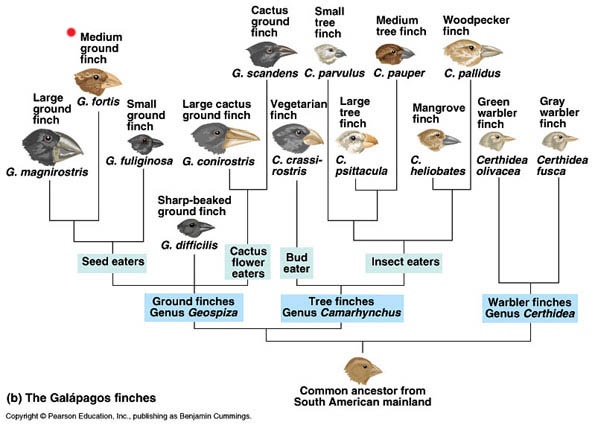
The giant sloth.
From the aspect of Biogeography, the animals of Galapagos island were similar to animals from the South American mainland but it is different from the animals on the other island that have similar environment. Next, there are natural selection which contribute to evolution. Increasing genetic variation and environment effect on that variation form the basis for natural selection. After thousand of generations, the organism that have the advantage with survive preservation will be more favorable. There are few factors that causes variation in different places, there are population size, mutation rate and reproduction rate.

After we have done discussing the video, we are given another video to watch on Selection in Action. Next we did SCL activites, on the topic on the evidence of evoluion in Darwin's time. It's mostly question about the video. There is this new things that I had encountered with during the SCL activities which are the new technology that further understand the concept of evolution. For instance, there are DNA sequence analysis, Pseudogenes ( lost its function but is still being inherited), Homeobox genes ( involved in development, especially in embryo development) and protein comparisons.
Next , the second class of the week we talk about the second video " Selection in Action". There are two types of selection :
a. Artifical selection, the breeding of plants oranimals to produce desirable traits.
b. Natural selection, a process whereby organisms better adapted to their environment tend to survive and produce more offspring. It works at physical level but not genetic level hence it doesn't change the genetic of an organism.
The mechanism of natural selection are struggle of survival, overproduction, adaptation of each organism and also descent with more modification. All this factors will lead to the variations of organism and causing the evolution to happen.
From this class I learned new word which is Heretability, which means the ability of a trait to be pass down to the next generation.
Next we drew and came out with a comic strip showing the process of evolution. My group decided to draw an evolution on rabbits which have different color. Below are the comic strips that we had prepared.
That's all for the second week.

No comments:
Post a Comment